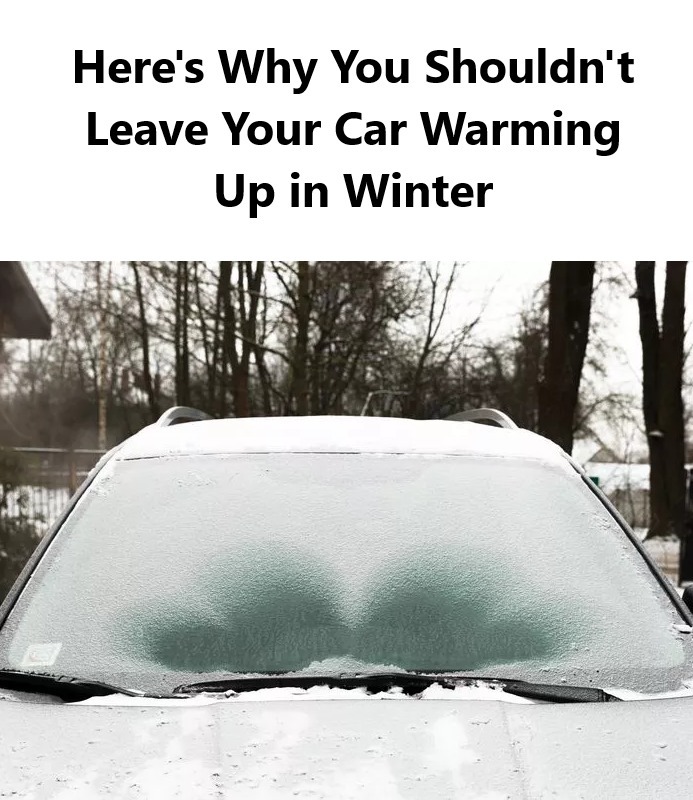ADVERTISEMENT
Why does driving warm up the engine better?

When you drive, fuel is burned at a steady rate to produce energy that powers not only the engine but also other systems like the cabin heater. As you drive, the brakes, steering and other components also contribute to a faster overall temperature rise.
On the other hand, when idling, this efficiency is absent: the burned fuel generates less heat , and the engine has more difficulty reaching its optimum temperature. Result: you waste fuel without any real benefit for your vehicle.
The dangers of warming up your car while idling
- Unnecessary engine wear : Running the engine cold results in poor fuel combustion, especially at low temperatures, which can damage internal components over the long term.
- Excessive fuel consumption : Warming up your car while it is stationary is a waste of energy that can significantly increase your gas costs.
- Environmental impact : This practice generates unnecessary greenhouse gas emissions, contributing to air pollution.
- Waste of time : Rather than waiting motionless, start driving slowly: you will warm up your engine more quickly while saving precious minutes.
Why does this practice persist?
In the days of carbureted engines, warming up the car was essential to prevent it from stalling when cold. These old engines required a warm-up time so that the fuel would vaporize properly and the engine would run efficiently.
However, with the advent of modern electronic fuel injection engines, this problem has disappeared. These engines are designed to start efficiently even in cold weather , without the need for prolonged preheating. Yet this habit persists, often passed down from generation to generation .
Preparing your car for winter: best practices
Skipping extended preheating doesn’t mean neglecting your car’s preparation. Here are some tips to ensure safe and efficient driving during the winter:
- Test your battery : Cold temperatures put more strain on batteries, so it’s important to check their condition.
- Check your tires : Make sure they are properly inflated and opt for winter tires for better grip on icy roads.
- Protect your locks and seals : Apply a suitable lubricant to prevent them from freezing.
- Use the right products : Use an antifreeze windshield washer fluid and regularly check the antifreeze level in the radiator.
- Equip your vehicle : Always have an emergency kit with an ice scraper, a warm blanket and gloves to deal with the unexpected.
Drive with peace of mind, even in winter
Kicking the habit of extended preheating is more than just a matter of comfort or economy. It’s also a way to preserve your engine, reduce your carbon footprint and optimise your vehicle’s efficiency. This winter, start your car, scrape your windows and drive away: your engine and the planet will thank you .
ADVERTISEMENT
